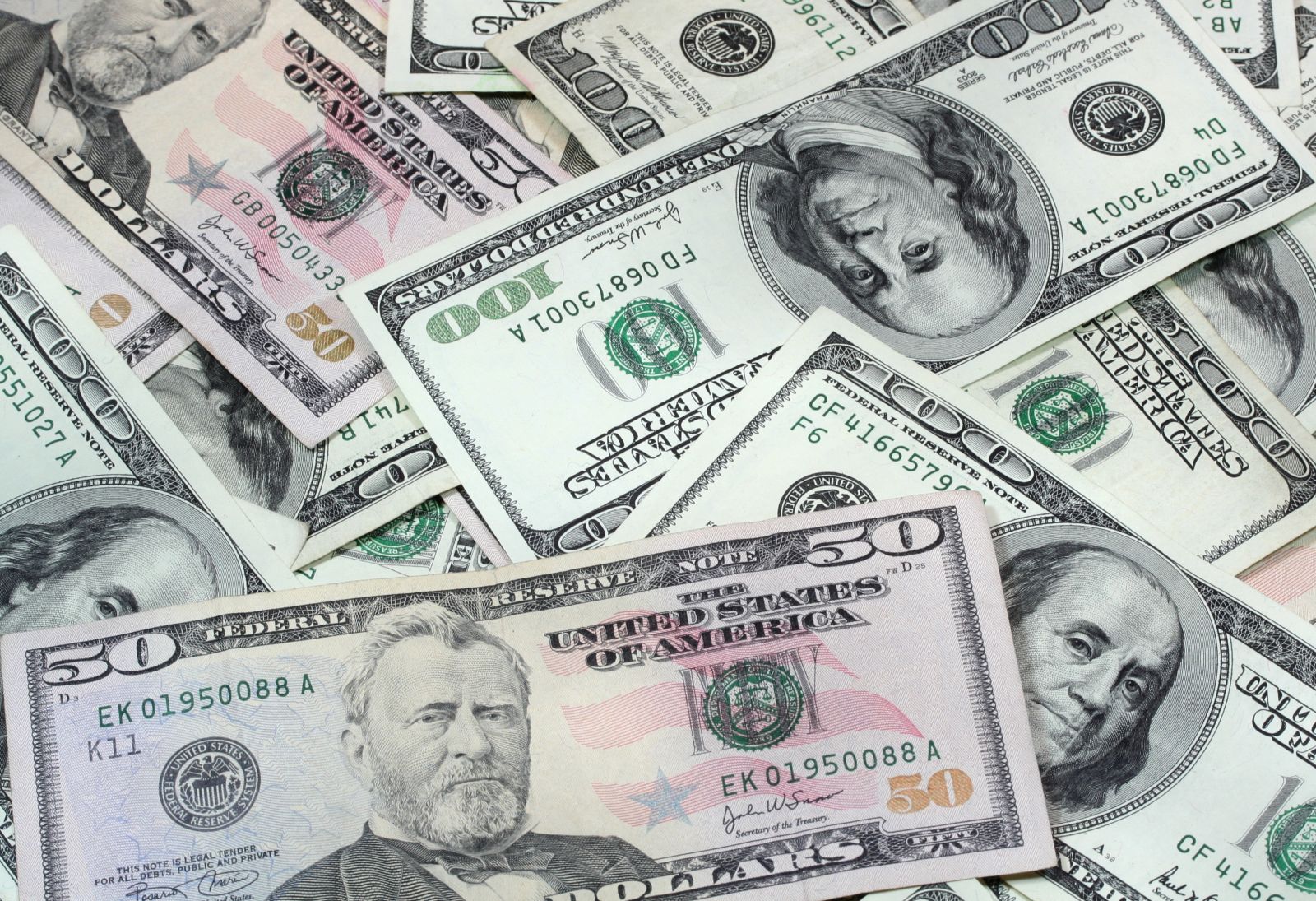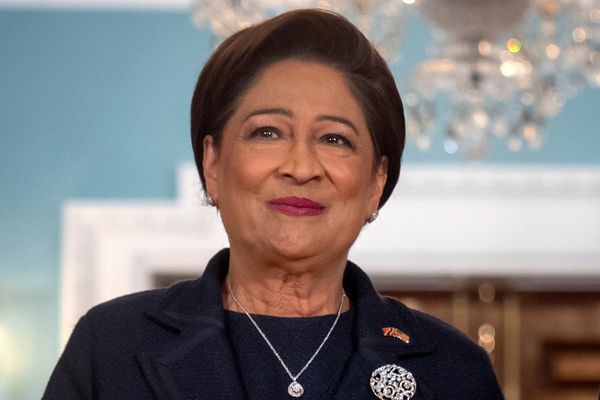
The dollar index (DXY00) on Friday rose by +0.31%. Higher T-note yields on Friday supported the dollar. The dollar also found support Friday on weakness in the British pound, which fell to a 2-week low after the UK’s Aug government borrowing exceeded estimates. The dollar fell back from its best level Friday after Minneapolis Fed President Neel Kashkari said he has penciled in two additional Fed rate cuts this year.
The dollar is being undercut by concerns over Fed independence, which could prompt foreign investors to dump dollar assets as President Trump attempts to fire Fed Governor Cook, and by Stephen Miran’s intention to be a Fed Governor while still technically holding his White House job on the Council of Economic Advisors.
Minneapolis Fed President Neel Kashkari said he supported the FOMC’s decision to cut interest rates by 25 bp this week, and he has penciled in two additional cuts this year.
The markets are now pricing in a 91% chance of a -25 bp rate cut at the next FOMC meeting on Oct 28-29.
EUR/USD (^EURUSD) on Friday fell by -0.33%. Deflation concerns in the Eurozone are dovish for ECB policy and negative for the euro after German Aug producer prices posted their biggest year-on-year decline in 15 months. The euro was also under pressure on Friday from a stronger dollar. In addition, fiscal concerns are undercutting the euro after the German government said Thursday that it will borrow about 20% more than initially planned in Q4 to help fund a surge in spending on infrastructure and the armed forces.
German Aug PPI fell -0.5% m/m and -2.2% y/y, weaker than expectations of -0.1% m/m and -1.7% y/y, with the -2.2% y/y drop the biggest year-on-year decline in 15 months.
ECB comments on Friday were mixed for the euro. On the negative side, ECB Governing Council member Centeno said, “Growth in the Eurozone is below potential and inflation will soon fall below our target and stay there for some time. I believe that it’s more likely than not that we have to ease monetary policy further.” Conversely, ECB Governing Council member Muller said the ECB is running a slightly accommodating monetary policy and currently has no reason to lower borrowing costs any further.
Losses in the euro are contained due to central bank divergence, as the markets view the ECB as largely finished with its rate-cut cycle, while the Fed is expected to cut rates by roughly two more times by the end of this year.
Swaps are pricing in a 2% chance of a -25 bp rate cut by the ECB at the October 30 policy meeting.
USD/JPY (^USDJPY) on Friday fell by -0.03%. The yen recovered from overnight losses and posted modest gains on Friday on signs that the BOJ is tightening monetary policy when it said it will begin selling off its ETF holdings.
The yen initially moved lower on Friday after Japan’s Aug national CPI rose less than expected, a dovish factor for BOJ policy. The yen was also under pressure after the BOJ kept interest rates steady at Friday’s policy meeting and after BOJ Governor Ueda said the BOJ needs to see more data before adjusting monetary policy. Higher T-note yields on Friday were also bearish for the yen.
The yen also has some carryover support from Tuesday, when Japanese Minister of Agriculture Koizumi said he would run in the party leadership race of the ruling Liberal Democratic Party. Koizumi is seen as hawkish on fiscal policy and less likely to try to influence the BOJ’s interest rate path.
Japan’s Aug national CPI rose +2.7% y/y, weaker than expectations of +2.8% y/y and the slowest pace of increase in 10 months. Aug national CPI ex-fresh food and energy eased to +3.3% y/y from +3.4% y/y in Jul, right on expectations.
As expected, the BOJ voted 7-2 to keep the overnight call rate unchanged at 0.50% and said it plans to sell 330 billion yen of its ETF holdings per year.
BOJ Governor Ueda said the BOJ needs to see more data to assess the impact of US tariffs and will factor into its price and economic outlook any stimulus policies that the country’s next prime minister decides.
December gold (GCZ25) on Friday closed up +27.50 (+0.75%), and December silver (SIZ25) closed up +0.834 (+1.98%). Precious metal prices rallied on Friday as dovish central bank comments boosted demand for precious metals as a store of value. Minneapolis Fed President Neel Kashkari said he has penciled in two additional cuts this year. Also, ECB Governing Council member Centeno said he believes more likely than not that the ECB will have to ease monetary policy further.
Friday’s stronger dollar was bearish for precious metals. Also, higher global government bond yields on Friday were negative for precious metals prices. In addition, strength in stocks on Friday has curbed safe-haven demand for precious metals. Finally, hawkish comments on Friday from ECB Governing Council member Muller weighed on gold prices when he said the ECB has no reason to lower borrowing costs any further.
Precious metals continue to receive safe-haven support due to uncertainty tied to US tariffs and President Trump’s attacks on Fed independence, as he attempts to fire Fed Governor Cook. Additionally, Stephen Miran’s intention to be a Fed Governor while still technically holding his White House job on the Council of Economic Advisors contributes to this uncertainty. Geopolitical risks and political uncertainty in France and Japan are also driving demand for gold as a safe-haven asset. French Prime Minister Bayrou resigned after losing a confidence vote in parliament last week. Also, Japanese Prime Minister Ishiba resigned last week following two election results that stripped Japan’s ruling Liberal Democratic Party of its majorities in both houses of parliament, which is seen as paving the way toward a more expansionary fiscal policy.
Precious metals prices continue to receive support from fund buying of precious metal ETFs. Gold holdings in ETFs rose to a 2.25-year high on Thursday, and silver holdings in ETFs rose to a 3-year high on Wednesday.







